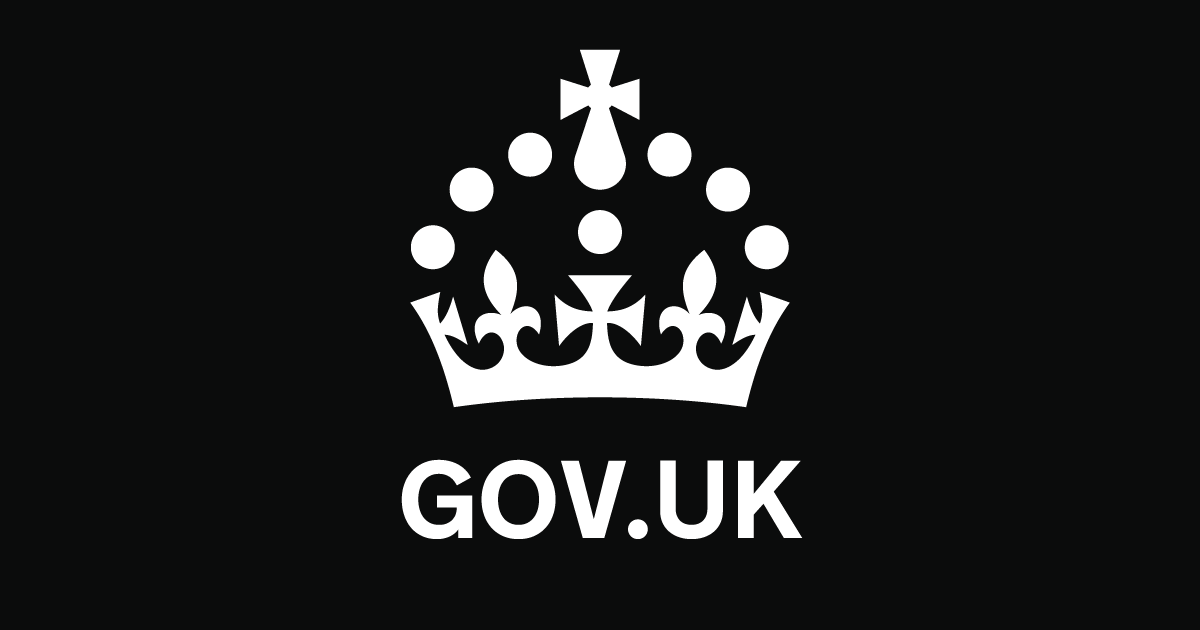Originally posted by Don Petter
View Post
You are right though that way back when bit rates were higher than now sound quality, as such, wasn't that bad. The failure back then was not so much sound quality itself as reception issues and there the claim "CD quality" was as much about freedom from hiss and interference etc as anything else. Once a sufficient level of signal strength is attained there is little in DAB to prevent the codec from giving its best - and we know that is not good enough now. Back then the coverage was not widespread and many areas had no or poor cover. Add that to the fact, that is now very obvious, that many early receivers had dreadful sensitivity, appalling in some instances, and they are probably still out there unless they are in skips somewhere.
Now signal strength is better as is coverage and receivers are certainly better BUT in the shops there is no guarantee that a DAB receiver has adequate performance. IF there had been a date set for DRSO then a guaranteed minimum performance would be forthcoming through a Tick scheme. Now that there is no date there is no Tick scheme and consumers are on their own again. Who asks for technical performance in a radio receiver nowadays?? Should they? Should retailers?



Comment